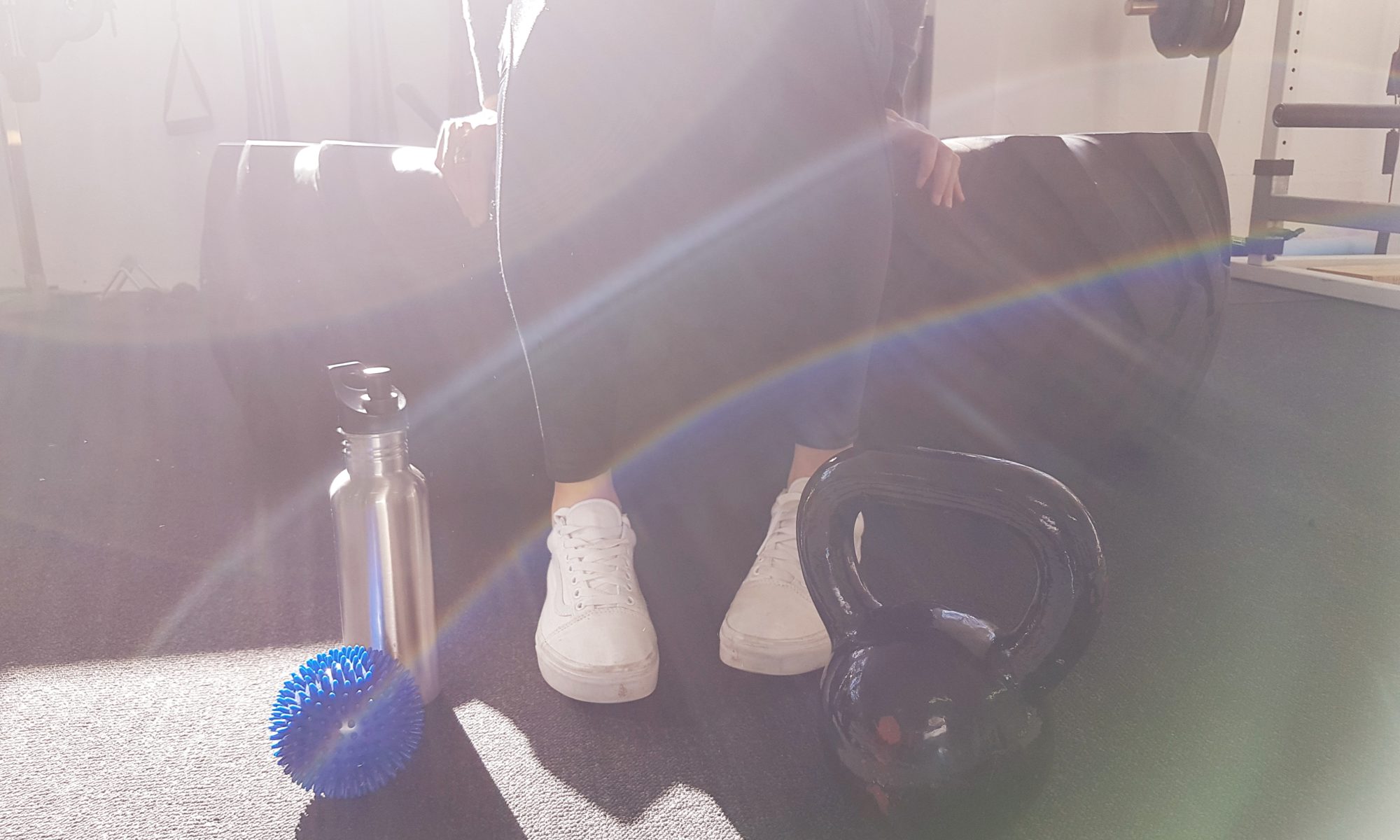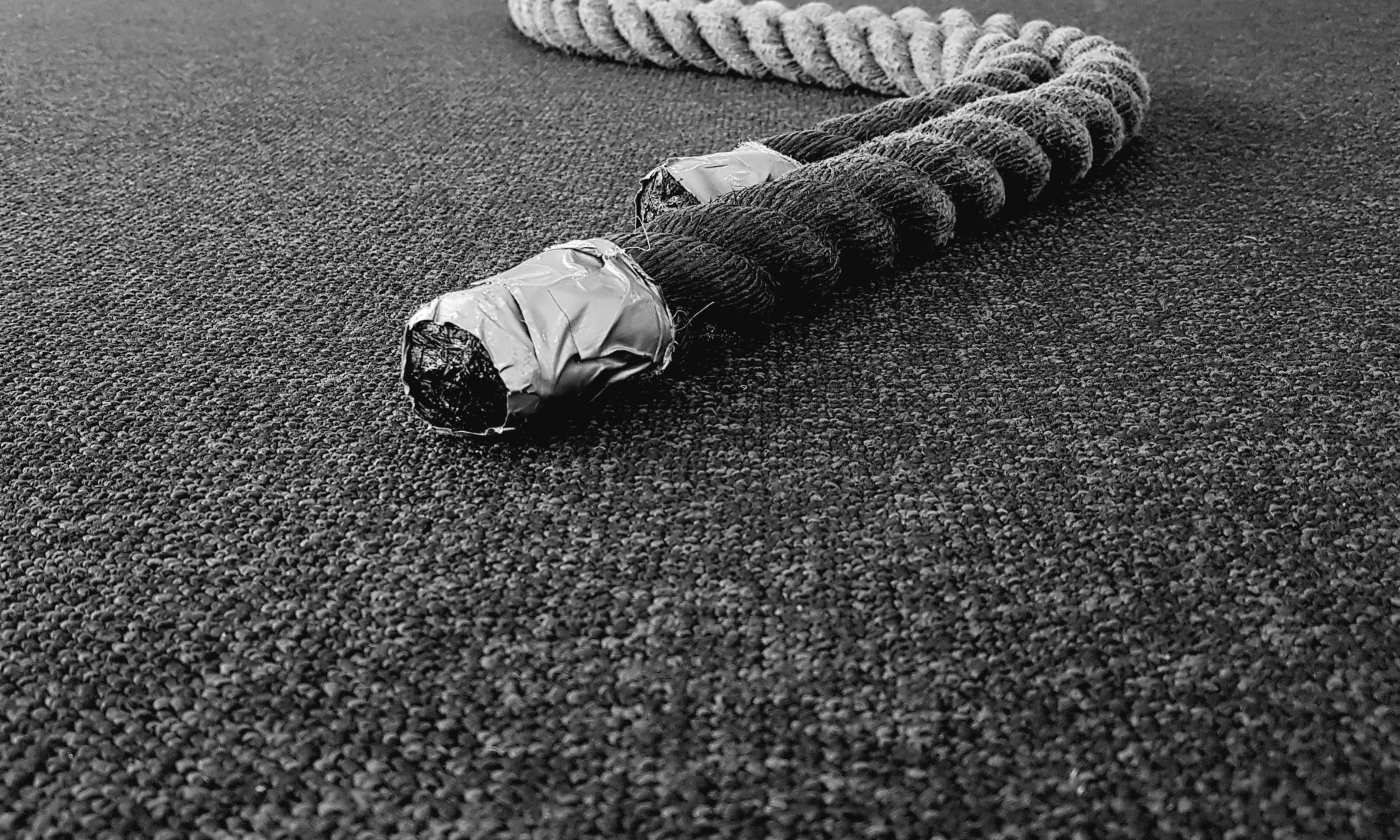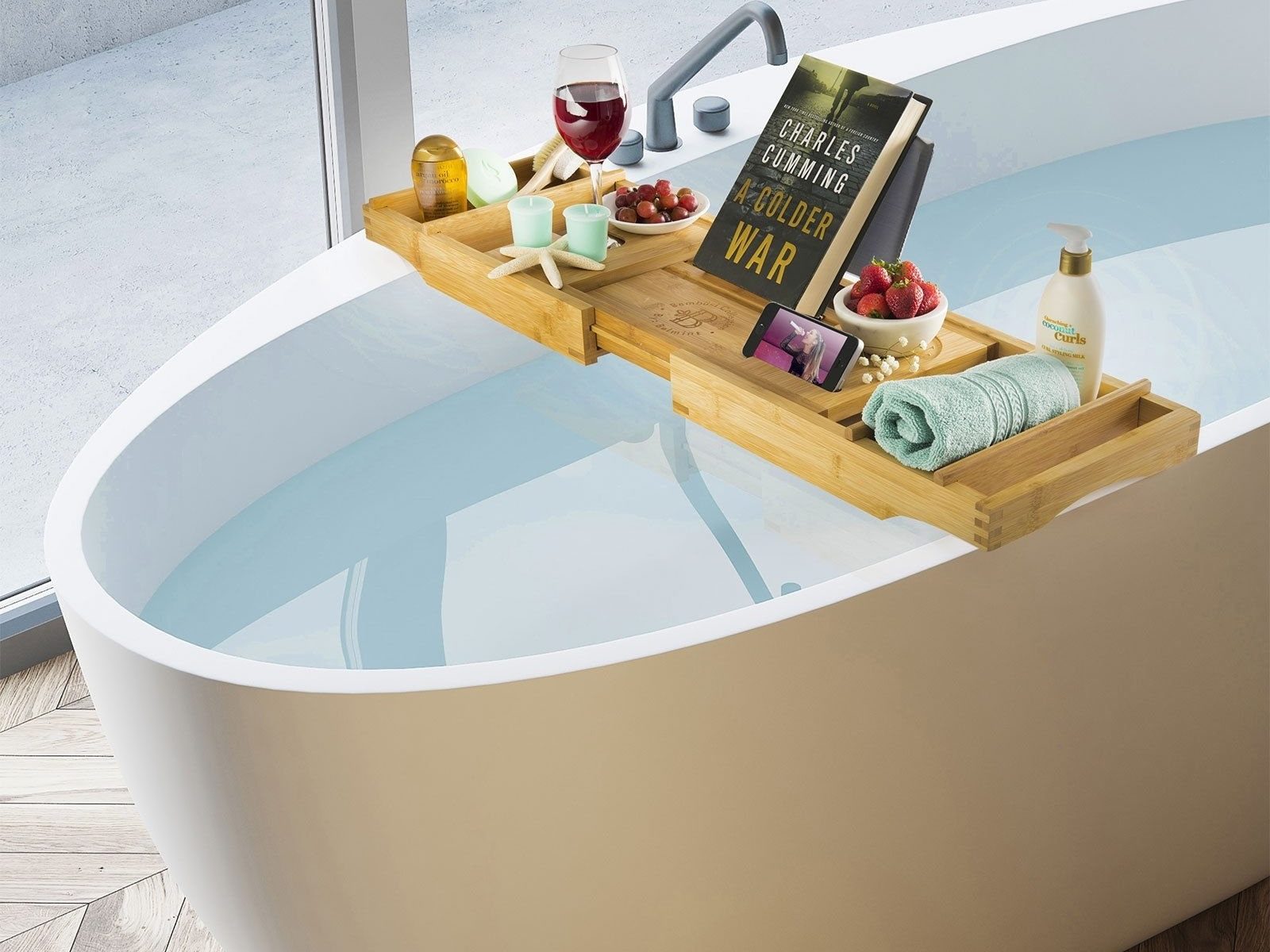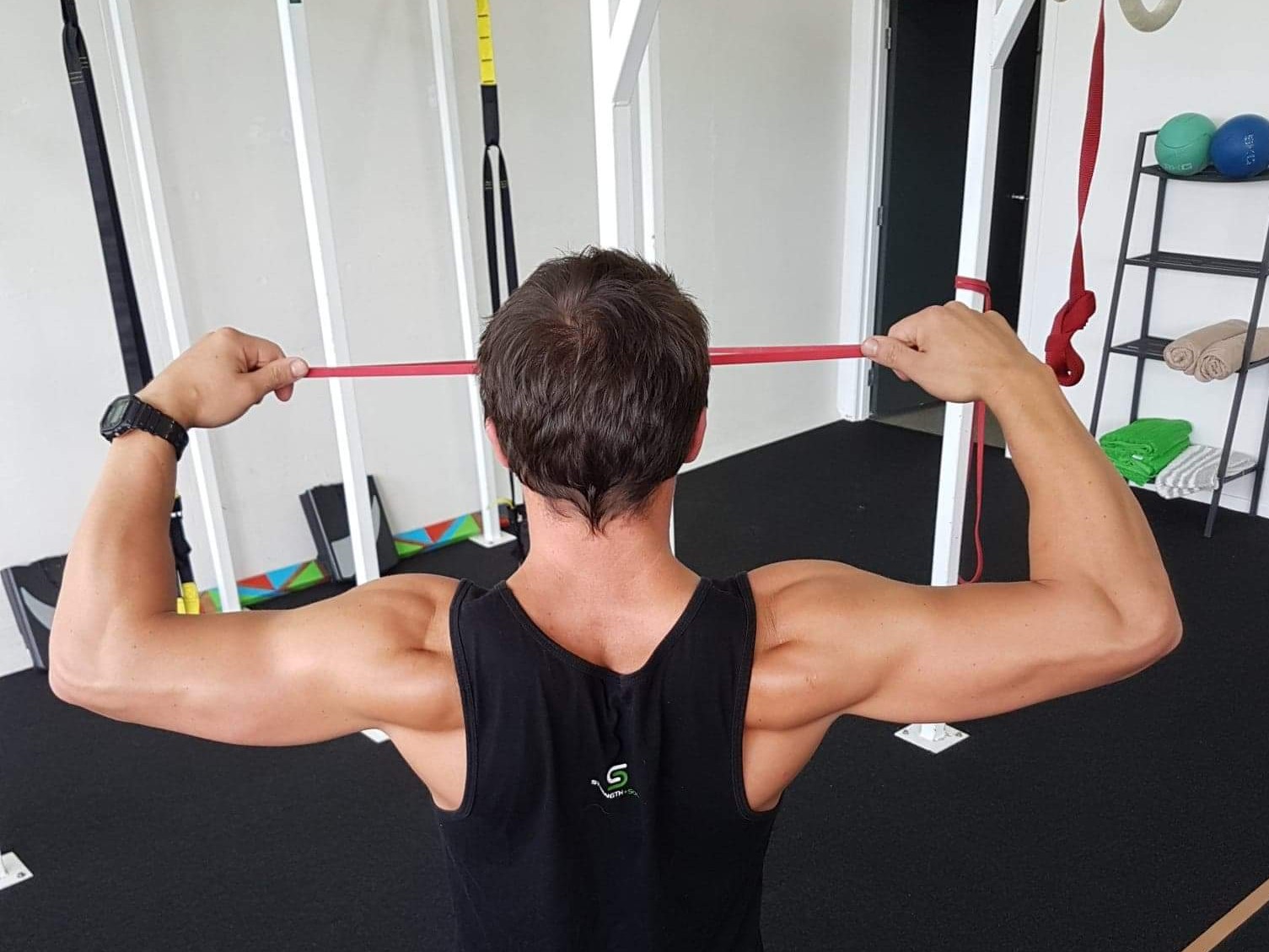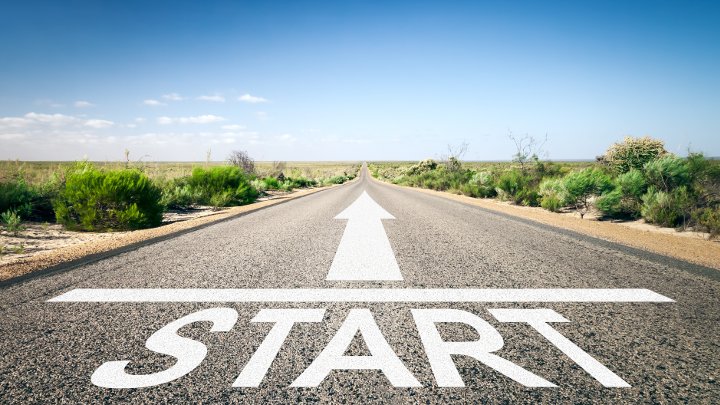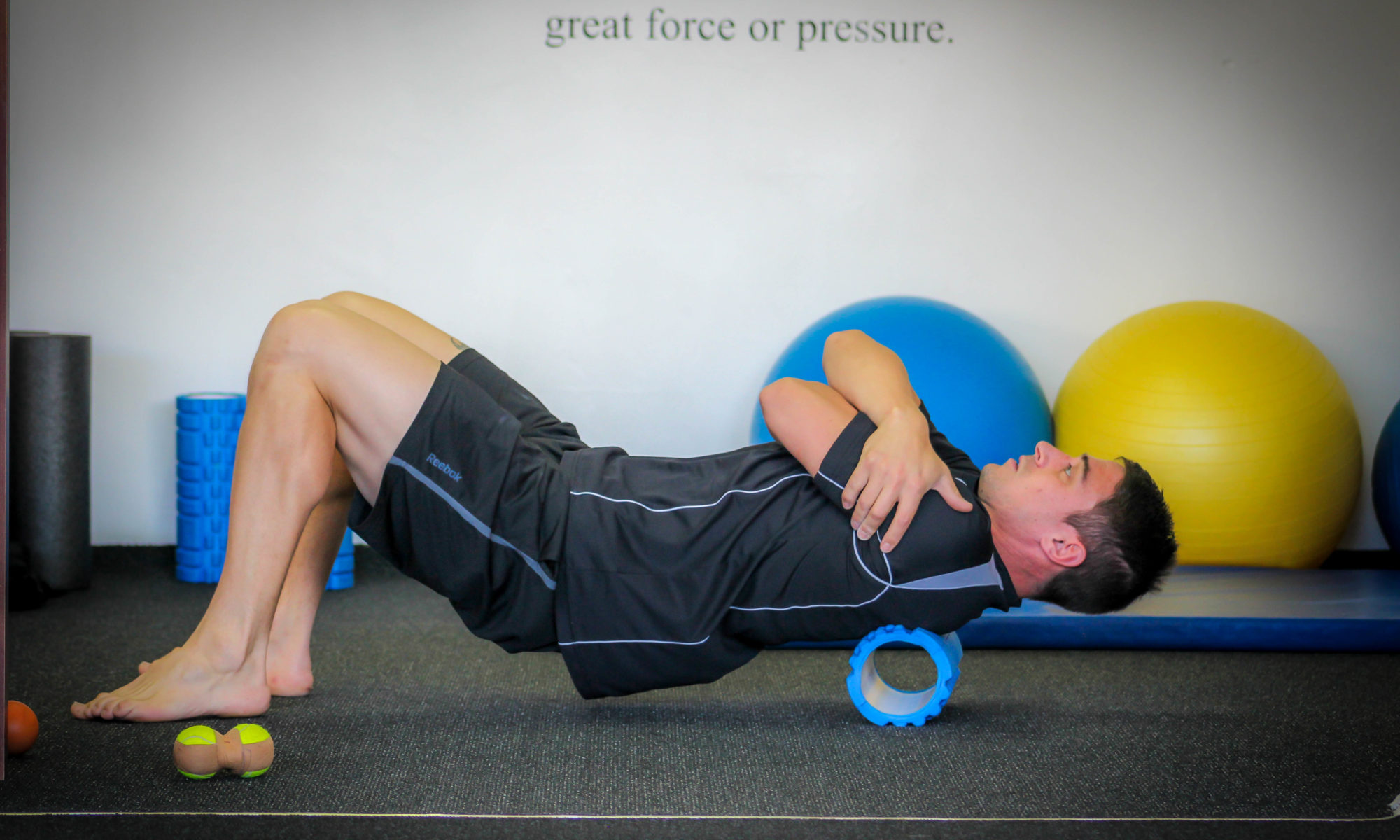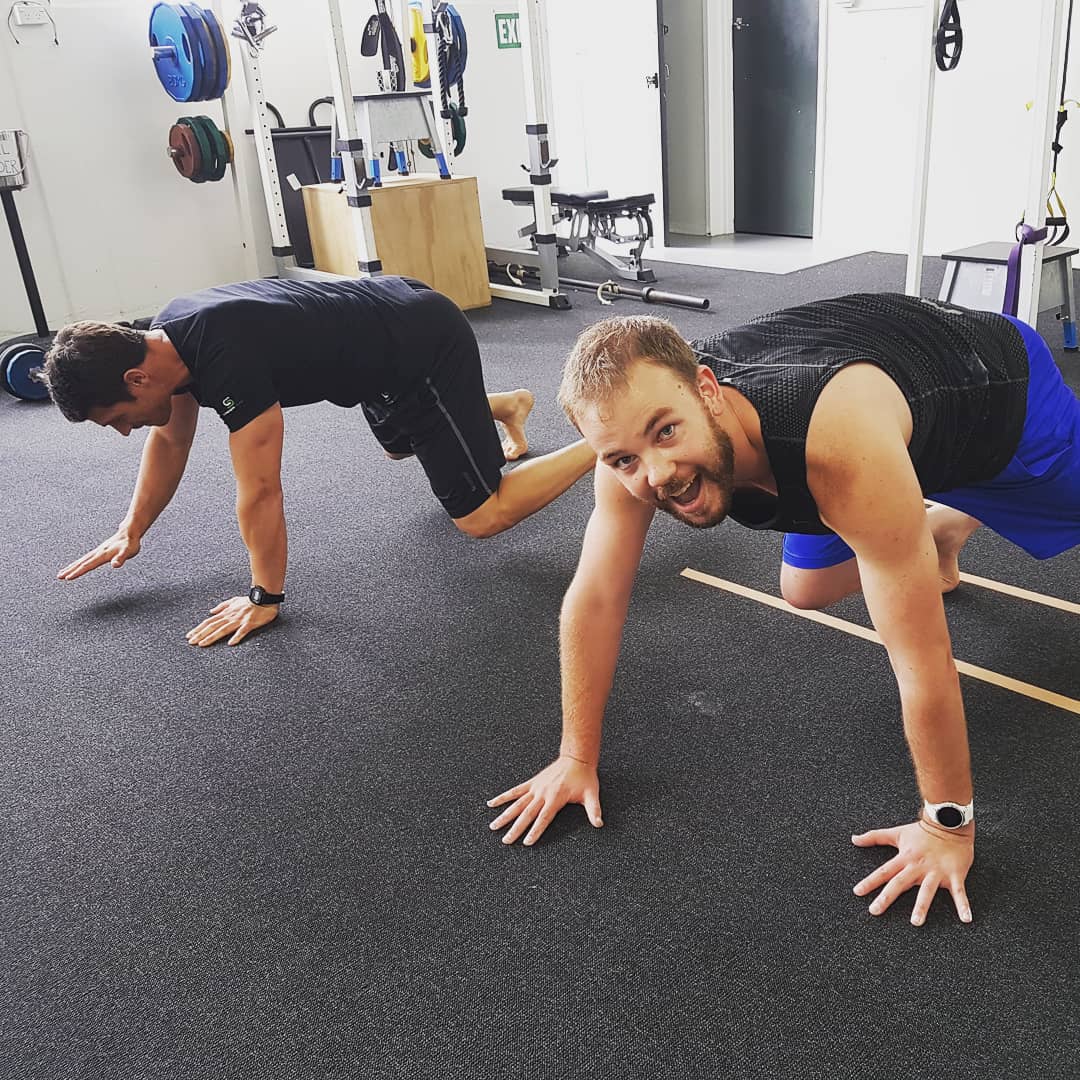I’m Ryan, one of the Personal Trainers at Strength & Soul Whangarei. I like Brazilian Jiu Jitsu or BJJ for short. But on this one day last year (2017) it didn’t like me.
I was rolling on the mat with another guy and I got caught in an armbar, I managed to escape, but while doing so hurt my left shoulder pretty bad.
After a few physio visits and an MRI scan it was discovered that I had a SLAP tear or lesion. A SLAP tear or lesion occurs when there is damage to the top of the labrum or where the bicep tendon connects to the labrum. The labrum is a piece of cartilage attached to the rim of the shoulder socket that helps keep the ball of the joint in place.
SLAP is the acronym for Superior Labral tear from Anterior to Posterior.
When I knew for certain it was a labral tear, I was gutted! I had a similar injury a few years ago on my right shoulder and that needed surgery. Therefore I assumed that the only option for me this time, was also surgery. Over the next few weeks whilst I waited for my surgeons appointment, I was not a very happy person to be around.
On the day of my appointment i went into the surgeons office thinking the worst. He performed a few tests on me, which all showed positive for SLAP tear, and my confirmed diagnosis was made. As I sat there in his room I expected him to tell me my only option was surgery. I was surprised and delighted when he actually gave me his reasons to try to avoid surgery and see if we/I could get it to repair itself over time. Recent studies have shown that labral tears can be rehabbed to 100% without having to go under the knife. This process could take 3 – 6 months and I would need to have patience and perseverance.
As I walked out of his office i vowed then and there that i was determined to rehab my shoulder back to 100%. First up i needed to do a little research of my own.
Discoveries & Research
As part of my initial physio rehab plan prior to the surgeons diagnosis, we discovered that my Left Latissimus dorsi muscle was not working as well as it should be and I was also lacking adequate range of motion with external rotation.
This was my weak point which I needed to focus on. I needed to be able to activate these muscles and once that happened, I then needed to be able to strengthen these areas.
The rehabilitation exercises that I choose to do were;
- High elbow face pull with external rotation x 10
- A move I call ‘No Money’ which is a specific external rotation move x 10
- A landmine press with no weight x 10
Plus I would foam roll the lat and peanut (2 x hockey balls taped together) the entire shoulder area.
I did this for 3 sets, slowly with my focus always being on proper shoulder movement and muscle activation. I did these EVERY SINGLE DAY.
What to do and what to avoid
For me ALL overhead movements were off limits. However I was still able to continue with all my other training. This is what my training plan looked like;
- I still kept deadlifting about 150 – 160 kgs for 5 reps
- Farmers walks with 40kg kettlebells
- Lots of heavy goblet squats and swings.
All the time my focus was on ensuring my left lat was activating and engaging properly.
The main exercises that I did to strengthen the shoulder were;
- Bottoms up kettlebell cleans x 3-5 reps with 2 sets
- Tall kneeling landmine press no weight x 5-8 with 2 sets
- Kettlebell floor press with double 24kgs x 5-8 with 2 sets
I would do these exercises every second day. For the first 3 months it was hard if I didn’t have my shoulder in the exact position it needed to be in, then it would bite me. Also I was not able to put much weight on the shoulder.
I also started to hang on the rings and slowly lower myself down. I would try to hold as much of my body weight as possible and maintain that position until it became uncomfortable. With this exercise I really didn’t feel like I was making much progress initially, but I persevered.
Progress!
At about the 3-4 month mark I was starting to feel really surprised as it seemed like each week my shoulder was beginning to become more noticeably stronger and stable. I was able to hang off the rings with my full body weight, then a week later i was able to hang off the rings on my left hand with my full body weight.
The next week I was able to Bottoms Up Clean with a 32kg KB with my left shoulder. The landmine press now had a 15kg plate and the floor press increased to 32kgs.
Reassessment
I had now reached the 5th month and because I had achieved activation and adequate strength I focused on strengthening and conditioning the shoulder joint.
- Swiss Ball walkout with a leg lift
- Push Up Position Plank rolling a med ball from one hand to the other
- Side-lying Subscap Internal Rotation with a 15lb dumbbell
- Tennis Ball Wall throws progressing to 3kg medicine ball.
Once I had started this new programme it felt like my progress was happening every day! Occasionally I would throw in the old rehab exercises as a bit of a check in.
The 6 month Deadline
By the 6 month mark I was feeling 100%. After a couple of weeks of feeling like this I decided to give an overhead press a go. With having zero overhead press action for 6 month I was bloody stoked when I managed a single military press at 32kg on my left shoulder.
Then I had my follow-up appointment with the surgeon. He performed a series of tests on my shoulder, a repeat of the ones I had done on my first visit.
He asked me about my rehab plan and I filled him in on all that I had done over the last 6 months. With a smile on his face he told me he was pretty certain my shoulder was back to 100% and that I definitely did not need surgery.
That was one of the best things I have ever had someone say to me. I was so stoked that my patience and perseverance had paid off.
What is ironic is that now my left shoulder feels stronger and a lot better than my right.
My Learnings
The two most important things I can take away from this whole experience is if you do have an injury keep moving!!
Make sure you continue to go through all the range of motion movements that you can without pain.
Secondly once you have selected or been given your exercises to do by your trained healthcare professional DO THEM!! EVERY DAY start light and work your way up from there.
Consistency was very much the reason for my successful rehabilitation.
